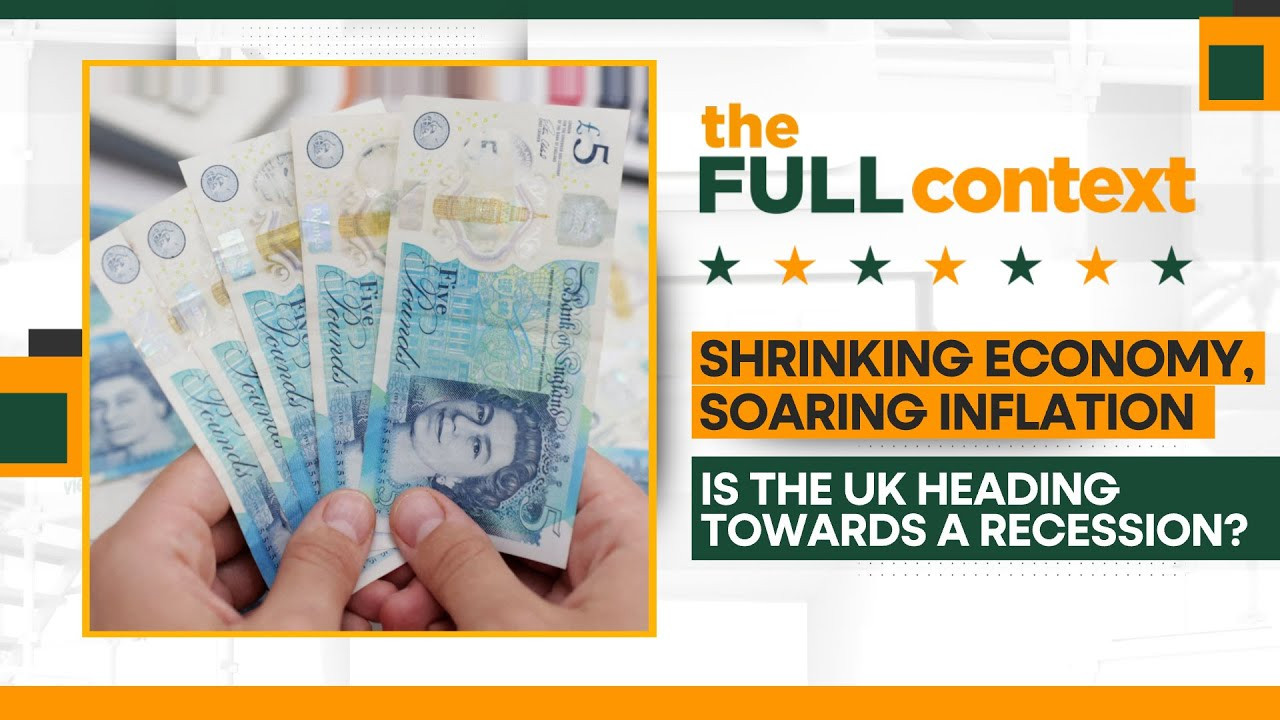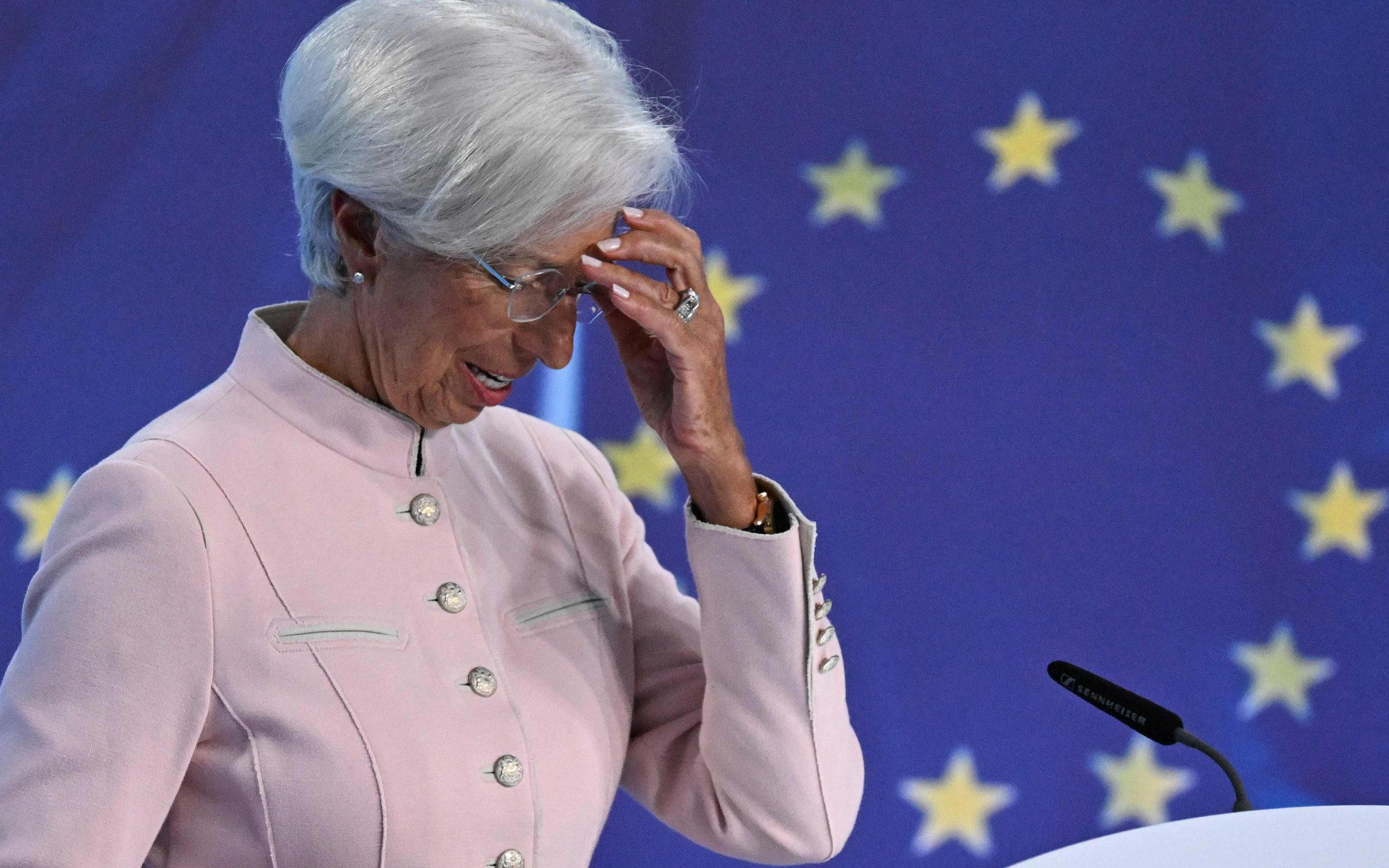A weak July jobs report just triggered one of the most well-known, and historically accurate, recession indicators: the Sahm Rule. But the rule’s inventor, Claudia Sahm, pushed back against the plethora of doomsday narratives that gained traction after its triggering on Friday.
To her point, the Dow Jones industrial average sank 1.5% on Friday, while the S&P 500 and tech-heavy Nasdaq Composite plummeted 1.8% and 2.4%, respectively.
But Sahm noted that household income is still growing, while consumer spending and business investment remain resilient. So there are key measures of the economy that “still look really good.” July’s unemployment figure was likely also boosted by 420,000 workers who entered the labor force last month.
“This time really could be different,” Sahm said. “[The Sahm Rule] may not tell us what it’s told us in the past, because of these swings from labor shortages, with people dropping out of the labor force, to now having immigrants coming lately. That all can show up in changes in the unemployment rate, which is the core of the Sahm Rule.”
What is the Sahm Rule?
The U.S. economy added just 114,000 jobs last month, and the unemployment rate rose from 4.1% in June to 4.3% in July, its highest level in nearly three years, the Bureau of Labor Statistics reported.
It was that rise in the unemployment rate that triggered the famed Sahm Rule, which signals the likely start of a recession when the current three-month moving average in the unemployment rate exceeds the lowest three-month moving average over the past year by half a percentage point or more. The current Sahm Rule reading is 0.53%, according to Fed data, having surged from 0.43% in June.
The Sahm Rule's History and Accuracy
While saying now is not the time to panic, Sahm, who serves as chief economist at investment firm New Century Advisors, also emphasized that recent trends in the labor market have looked weak, at best, and the triggering of her namesake rule is certainly cause for concern about what may lie ahead. After all, the Sahm Rule’s accuracy rate is 100% going back to every recession since the early 1970s.
“It’s been very accurate over time, so that shouldn’t be dismissed,” Sahm said, noting that “recessions can build slowly, and then come quickly.”
Implications for the Fed and the Market
While it may be premature to declare a recession has begun, one thing was clear after Friday’s jobs report and the triggering of the Sahm Rule: The likelihood of an economy- and market-juicing interest rate cut in September is now higher than ever before.
Rick Rieder, BlackRock’s chief investment officer of global fixed income and head of the BlackRock global allocation investment team, explained in a statement emailed to Fortune that the July jobs report was the “first clear sign of employment slowing across virtually every metric.” The bond market guru, who manages $2.8 trillion in fixed income assets on behalf of clients, believes this could make a September rate cut “almost a given.”
“[The jobs report] suggests the Fed should have started cutting already as the Fed funds rate at 5 3/8% is clearly too restrictive relative to inflation that is trending in the low 2s and with slack building in the labor force,” he added.
Sahm's Perspective and the Fed's Focus
Sahm also said that, although she doesn’t believe we’re in a recession, the Fed shouldn’t dismiss the potential for further weakening in the labor market or consumer spending. “I think the recession odds, given what we’re seeing in the labor market, are increasing. That’s something to be really concerned about,” she said.
Fed Chair Jerome Powell and company have focused on one part of their so-called dual mandate—fighting inflation—for years now. Officials have hiked the Fed funds rate from near-zero in March 2022 to a range between 5.25% and 5.5%, where it has been for a year, in an attempt to cool the economy and slow the rise in consumer prices. But Sahm argued that the Fed should now turn its attention to the second part of its dual mandate: maximum employment.
“This is a really serious softening in the labor market,” she said. “There have been times in the past where the Federal Reserve, maybe in hindsight, thinks they should have kept interest rates high as unemployment went up, because inflation was really high. But right now, that’s not the battle—the battle they risk losing right now is with the labor market.”
Disagreements on the Fed's Path
The growing chorus of Wall Street leaders and economists calling for interest rate cuts this week stands in stark contrast with Powell’s more hawkish Wednesday press conference.
He brushed off questions about the Sahm Rule earlier this week, calling it more of a “statistical regularity” than an “economic rule.” The Fed chair also repeatedly said he believes that the labor market is currently “normalizing,” rather than cracking, as some claim.
However, Powell also told reporters Wednesday that he is carefully watching for signs of a “sharper downturn” in the labor market. “What we think we’re seeing is a normalizing labor market, and we’re watching carefully to see if it turns out to be more; [if] it starts to show signs that it’s more than that, then we’re well-positioned to respond,” he said.
The Market's Reaction and Sahm's Prediction
Still, Elyse Ausenbaugh, global investment strategist at J.P. Morgan Wealth Management, told Fortune in a statement via email that the market reaction to the latest jobs data shows investors are concerned that the Fed has “fallen behind the curve.”
“This was the risk when the FOMC [Federal Open Market Committee] delivered their slightly more-hawkish-than-expected statement earlier this week,” she said. “At this point, a September cut looks like a given—now the question is whether they go by 25 bps or 50 bps.”
Similarly, Sahm thinks the Fed should have already begun cutting interest rates. But since it didn’t, a 50-basis-point rate cut may be coming in September.
“If we continue to get economic data that shows this broad slowing, then I suspect that the decrease in interest rates will be larger than we thought, maybe even as of Wednesday,” she said.
A Holistic View and Avoiding Panic
But with inflation falling, according to Sahm, the Federal Reserve still has the room to provide this much-needed policy support to the labor market in the form of interest rate cuts, and that should help prevent a recession.
Sahm also cautioned that economists need to take a more holistic view when predicting recessions, rather than clinging to a single rule. The triggering of the Sahm Rule is not a good sign, but it’s also not a harbinger of immediate doom.
“Really, all it is saying is there’s a problem. So I think, with the Sahm Rule, right now, the volume is probably turned up a little too loud,” she said. “Certainly, when I make a call on the economy—where it is, where it’s headed—I look far beyond the Sahm Rule.”
The Sahm Rule: A Warning Sign, Not a Doom Prophecy
While the Sahm Rule is a valuable indicator, it's important to remember that it's just one piece of the puzzle. Economic forecasts involve a complex interplay of various factors, and relying solely on a single rule could lead to misinterpretations.
As we navigate the current economic landscape, it's crucial to remain vigilant, analyze data from multiple perspectives, and avoid knee-jerk reactions driven by fear. While the Sahm Rule has raised concerns, it's vital to consider the bigger picture and understand that the economy's trajectory is influenced by a wide range of forces.


















